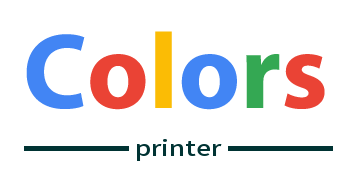How does UV DTF printing compare to other printing methods?
Share
UV DTF (Direct-to-Film) printing is a cutting-edge technology that combines UV curing with direct transfer methods, offering several advantages over traditional printing methods. Here’s a detailed comparison of UV DTF printing with other popular printing techniques
1. Material Compatibility
UV DTF Printing: Suitable for a wide range of non-porous materials, including glass, metal, wood, plastic, ceramics, and more.
Sublimation Printing: Limited to polyester fabrics and coated surfaces.
Screen Printing: Primarily used for textiles and some plastics.
DTG (Direct-to-Garment): Limited to fabric printing.
2. Durability
UV DTF Printing: High durability due to UV-cured inks, which are resistant to scratches, water, and fading.
Sublimation Printing: Moderate durability, prone to fading over time.
Screen Printing: High durability, but requires multiple layers and is less flexible.
DTG: Moderate durability, especially on synthetic materials.
3. Color Vibrancy
UV DTF Printing: Excellent color vibrancy and sharp details, suitable for high-quality designs.
Sublimation Printing: Good color vibrancy, but limited by the fabric’s ability to absorb ink.
Screen Printing: Good color vibrancy, but may require multiple passes for complex designs.
DTG: Excellent color vibrancy, especially on white or light-colored fabrics.
4. Eco-Friendliness
UV DTF Printing: Highly eco-friendly due to minimal solvent use and low waste.
Sublimation Printing: Moderate eco-friendliness, but uses heat and specific substrates.
Screen Printing: Low eco-friendliness due to the use of solvents and higher waste.
DTG: Moderate eco-friendliness, with less waste compared to screen printing.
5. Cost Efficiency
UV DTF Printing: Cost-effective for short to mid-size runs, with low maintenance and quick setup.
Sublimation Printing: Best for polyester fabrics, with moderate costs.
Screen Printing: Cost-effective for large orders, but expensive for small runs.
DTG: Costly for small runs, but efficient for customized garment printing.
6. Printing Process
UV DTF Printing: Fast curing times and no heat required, reducing substrate damage.
Sublimation Printing: Requires high temperatures, which can damage certain materials.
Screen Printing: Time-consuming setup and cleanup, but efficient for large batches.
DTG: Fast for small runs, but slower for large orders.
7. Applications
UV DTF Printing: Ideal for personalized gifts, promotional products, signage, industrial labeling, and more.
Sublimation Printing: Best for custom apparel and textiles.
Screen Printing: Suitable for large-scale textile printing and promotional products.
DTG: Perfect for small-batch custom T-shirts and apparel.
Conclusion
UV DTF printing stands out for its versatility, durability, and eco-friendliness, making it an excellent choice for businesses looking to print on a wide range of materials. It is particularly well-suited for small to mid-size runs and applications requiring high-quality, long-lasting print
